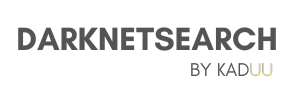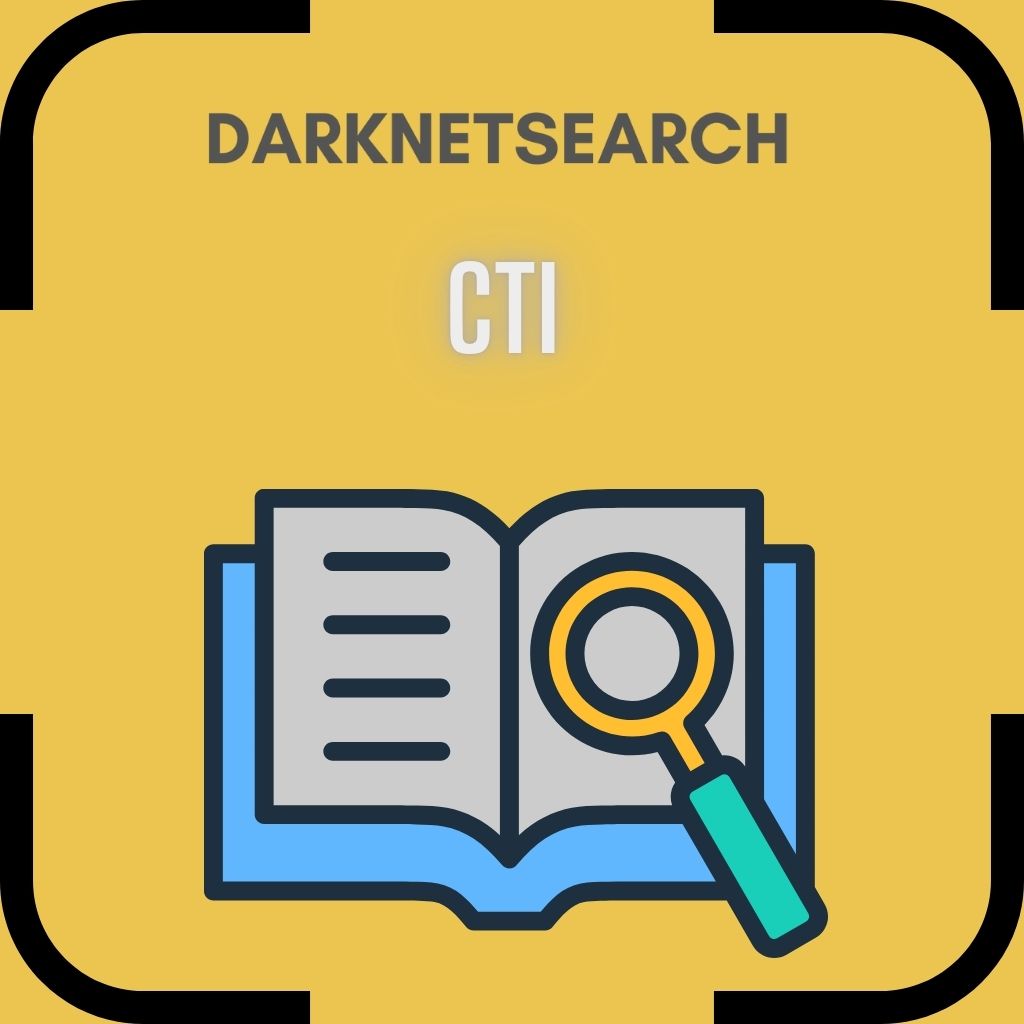➤Summary
What is a CTI?
In a world where digital threats evolve every second, understanding what a CTI is has become crucial for every organization. A Cyber Threat Intelligence (CTI) system enables companies to identify, analyze, and respond to cyberattacks before they cause damage. 🚨
By transforming raw data from multiple sources — such as the dark web, malware repositories, or network logs — into actionable insights, CTI gives security teams the power to anticipate hackers’ moves instead of merely reacting to them. Whether you’re a small business or a multinational enterprise, implementing CTI is now a fundamental part of any modern cybersecurity strategy.
What is CTI (Cyber Threat Intelligence)?
Cyber Threat Intelligence (CTI) is the process of collecting, analyzing, and applying information about potential or existing cyber threats to prevent attacks and strengthen defense systems. In simple terms, CTI turns raw data into intelligence that helps security teams make better decisions.
Unlike traditional security tools that simply alert you when something is wrong, a CTI platform predicts threats and provides the context needed to respond efficiently. It answers essential questions like:
-
Who is targeting your organization?
-
What methods and tools are they using?
-
Why are you being targeted, and what data do they want?
💡 Example: A CTI system might detect leaked employee credentials on the dark web before hackers use them in a phishing or ransomware campaign.
How does Cyber Threat Intelligence work?
A CTI system operates through several phases known as the intelligence cycle, transforming scattered information into structured, actionable reports:
-
Collection: Gathering data from various sources — open web, dark web, malware feeds, honeypots, and security vendors.
-
Processing: Cleaning and normalizing data to remove duplicates or false positives.
-
Analysis: Correlating patterns, identifying threat actors, and connecting data to known campaigns.
-
Dissemination: Sharing insights with decision-makers or automated defense systems.
-
Feedback: Improving intelligence accuracy through continuous updates.
🧠 This cyclical approach ensures that threat detection becomes smarter over time — adapting to new attack methods and evolving threats.
Why Cyber Threat Intelligence matters more than ever
Every 39 seconds, a cyberattack occurs somewhere in the world. Most organizations are overwhelmed by the volume of alerts, logs, and suspicious activity. Here’s where CTI becomes invaluable: it filters out noise and focuses only on verified, relevant threats.
Key benefits include:
-
Early warning of attacks: CTI detects indicators of compromise (IOCs) before they reach your systems.
-
Better decision-making: Contextual data helps prioritize which alerts need urgent attention.
-
Faster incident response: By understanding attacker behaviors, you can respond in minutes, not hours.
-
Strategic protection: CTI supports long-term security planning and risk reduction.
🔐 In short: Cyber Threat Intelligence transforms reactive defense into proactive protection.
Types of Cyber Threat Intelligence
There are three main types of CTI, each serving different operational needs:
| Type | Description | Audience |
|---|---|---|
| Tactical CTI | Focuses on immediate threats such as malware, phishing, or zero-day exploits. | SOC analysts and security teams |
| Operational CTI | Examines attacker behavior, infrastructure, and tools. | Incident response teams |
| Strategic CTI | Provides big-picture insights for executives and risk managers. | C-level decision-makers |
⚡ Combining all three layers ensures a complete understanding of the threat landscape, from technical indicators to strategic motives.
CTI vs Traditional Cybersecurity Tools
Many companies rely solely on antivirus or firewalls, but these tools only protect against known threats. CTI, on the other hand, focuses on unknown and emerging risks.
| Feature | Traditional Security | Cyber Threat Intelligence |
|---|---|---|
| Focus | Reactive | Proactive |
| Scope | Known threats | Emerging + unknown threats |
| Data source | Internal logs | Global intelligence networks |
| Value | Detection | Prediction + prevention |
🌍 Example: While antivirus detects malware once it enters your network, CTI identifies the campaign behind it and blocks it before it even starts.
Real-world examples of CTI in action
-
Banking sector: A CTI feed alerts a bank that customer credentials are being sold on the dark web. The bank resets passwords before attackers can exploit them.
-
Healthcare: CTI identifies ransomware targeting hospitals using specific vulnerabilities, allowing IT teams to patch systems proactively.
-
Government: Intelligence agencies use CTI to track nation-state campaigns and prevent espionage.
💥 These examples prove that Cyber Threat Intelligence not only detects threats but helps predict them before they strike.
Sources of Cyber Threat Intelligence
CTI gathers data from multiple layers of the internet, including:
-
Open-source intelligence (OSINT): Public forums, social media, and news.
-
Dark web intelligence: Hidden marketplaces where stolen data is sold.
-
Technical feeds: Malware databases, DNS logs, and vulnerability repositories.
-
Human intelligence (HUMINT): Insights from security researchers and law enforcement.
🔍 Platforms like DarknetSearch specialize in dark web monitoring, providing real-time alerts when company credentials or domains appear in underground forums. Integrating such intelligence gives organizations an early advantage in preventing breaches.
How organizations use CTI data effectively
To maximize value, companies must integrate CTI into their existing security operations:
-
SOC integration: Feed intelligence into SIEM systems to correlate alerts with real threats.
-
Automation: Use CTI to trigger automated responses via SOAR platforms.
-
Incident response: Enhance investigation reports with context from CTI feeds.
-
Strategic planning: Use intelligence to shape cybersecurity budgets and risk assessments.
🧩 When CTI is embedded across the organization, it becomes a core part of both operational defense and strategic decision-making.
The role of the dark web in Cyber Threat Intelligence
The dark web plays a crucial role in modern CTI. It’s where hackers trade stolen credentials, corporate data, and ransomware kits. By monitoring these spaces, analysts can detect signs of compromise long before an attack hits.
🕵️ Example: A CTI tool might find your company’s email domain listed in a hacker marketplace, indicating that phishing campaigns or data leaks are imminent.
Solutions like DarknetSearch.com provide continuous dark web monitoring to protect brands, executives, and infrastructure from unseen threats.
Challenges of implementing CTI
While CTI offers significant benefits, it also comes with challenges:
-
Data overload: Massive volumes of information can overwhelm analysts.
-
False positives: Not every detected threat is real or relevant.
-
Skill gap: Many organizations lack trained threat intelligence analysts.
-
Integration complexity: Merging CTI with legacy systems can be difficult.
💬 Expert insight:
“The challenge isn’t collecting data — it’s making sense of it. Context is the key difference between information and intelligence.”
To overcome these challenges, organizations should partner with specialized CTI providers offering data enrichment, automation, and human expertise.
Checklist: building a strong CTI program ✅
-
Identify your most valuable digital assets (data, servers, domains).
-
Define intelligence requirements — what threats matter most?
-
Choose reliable CTI providers or platforms.
-
Integrate CTI feeds into your SOC and SIEM.
-
Automate alerts and escalation procedures.
-
Train analysts to interpret CTI reports.
-
Review intelligence performance regularly.
Following this checklist ensures a scalable, data-driven approach to cyber threat intelligence.
The future of CTI: AI and automation 🤖
The next generation of CTI tools uses artificial intelligence (AI) and machine learning (ML) to process vast datasets and predict attacks with higher accuracy.
Future systems will automatically correlate threat actor behavior, identify new malware families, and even simulate attack scenarios before they occur.
🌐 Platforms like DarknetSearch already integrate AI-powered analytics that provide predictive alerts — allowing companies to neutralize threats before they spread.
In the coming years, CTI will evolve from an analytical tool into a fully autonomous cybersecurity ecosystem.
Conclusion
Understanding what a CTI is goes far beyond definitions — it’s about embracing a mindset of proactive defense. In today’s digital battlefield, reacting is no longer enough. Cyber Threat Intelligence enables organizations to anticipate, prepare, and respond with precision.
From detecting stolen credentials on the dark web to uncovering emerging attack trends, CTI empowers decision-makers to stay one step ahead of cybercriminals.
🔒 Discover much more in our complete guide to proactive cybersecurity
🚀 Request a live demo NOW at DarknetSearch.com
Your data might already be exposed. Most companies find out too late. Let ’s change that. Trusted by 100+ security teams.
🚀Ask for a demo NOW →Q: What is dark web monitoring?
A: Dark web monitoring is the process of tracking your organization’s data on hidden networks to detect leaked or stolen information such as passwords, credentials, or sensitive files shared by cybercriminals.
Q: How does dark web monitoring work?
A: Dark web monitoring works by scanning hidden sites and forums in real time to detect mentions of your data, credentials, or company information before cybercriminals can exploit them.
Q: Why use dark web monitoring?
A: Because it alerts you early when your data appears on the dark web, helping prevent breaches, fraud, and reputational damage before they escalate.
Q: Who needs dark web monitoring services?
A: MSSP and any organization that handles sensitive data, valuable assets, or customer information from small businesses to large enterprises benefits from dark web monitoring.
Q: What does it mean if your information is on the dark web?
A: It means your personal or company data has been exposed or stolen and could be used for fraud, identity theft, or unauthorized access immediate action is needed to protect yourselfsssss.

